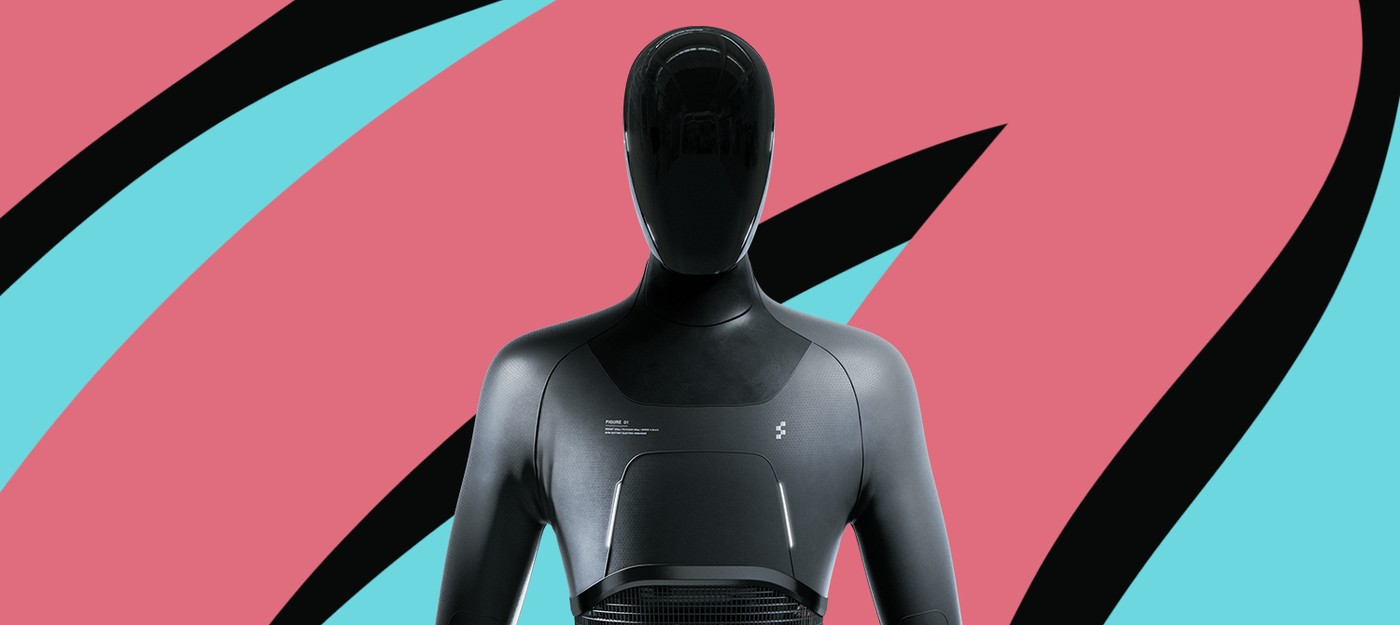Startup Figure is planning to replace human workers with its AI-powered robots

Robotics startup Figure has unveiled its latest creation, a humanoid robot named Figure 01. Designed to perform manual labor that relies on human workers, Figure's bipedal robot will initially work in warehouses, carrying out tasks that people don't want or don't have the skills for. With a labor shortage in the U.S. numbering in the millions, Figure's robot aims to fill the gap and tackle more advanced tasks in the future, such as caring for the elderly or cooking meals.
The key to Figure's approach is its reliance on artificial intelligence, allowing its robots to learn and improve their abilities. As the robots' movements and performance evolve, they can progress from basic lifting and carrying tasks to more advanced functions. Figure's business plan is to get to revenue as quickly as possible, and it hopes to achieve this by creating robots that can do almost anything a human worker otherwise would.
Figure's humanoid is a more versatile solution for warehouses than single-purpose robots, such as the roving robots used in Amazon fulfillment centers or the robot created for DHL Supply Chain that unloads boxes from trucks at warehouse loading bays. Figure founder Brett Adcock believes that human-like robots could eventually be used in other industries, such as manufacturing, retail, home care, or even outer space.
Adcock used his own money to invest $10 million in Figure in 2022 alone. He has also recruited roboticists and AI experts from companies such as Boston Dynamics and Tesla to work on the project. The company has produced five prototypes of its humanoid, which are designed to have 25 degrees of motion, including the ability to bend over fully at the waist and lift a box from the ground up to a high shelf.
Key features:
Height: 5'6"
Payload: 20KG
Weight: 60KG
Runtime: 5HR
Speed: 1.2M/S
Although the robots are still in the prototype stage, Adcock expects to conduct extensive testing and refinement in the coming months. He hopes to have the robots ready to handle most general warehouse applications by the end of the year and is eyeing a pilot of 50 robots working in a real warehouse setting in 2024. Adcock admits that building a hardware company takes time, and he expects it to take 20 or 30 years for Figure to really build out.
Figure 01's reflective featureless face mask may remind a video game or comic book character. Unlike other humanoid robots, such as Boston Dynamics' Atlas, Figure's robot has prioritized aesthetics over mechanical skills. Adcock says that Figure's robots use advanced electric motors, enabling smoother movement than the hydraulically run Atlas. This allows the prototypes to have a more natural gait while also fitting the mechanical systems into a smaller package.
Adcock believes that humanoid robots will eventually colonize planets. For now, however, he is focused on using his company's technology to do real, practical work. "If we unveil the humanoid at some big event, it'll just be doing warehouse work on stage the whole time," he says. "No back flips, none of that crazy parkour stuff. We just want to do real, practical work." With the promise of a robot that can do almost anything a human worker can, Figure's humanoid could be the solution to the U.S.'s labor shortage.
- New Claude Learning mode will encourage students to answer questions independently
- Bill Gates predicts AI will replace doctors and teachers within the next decade